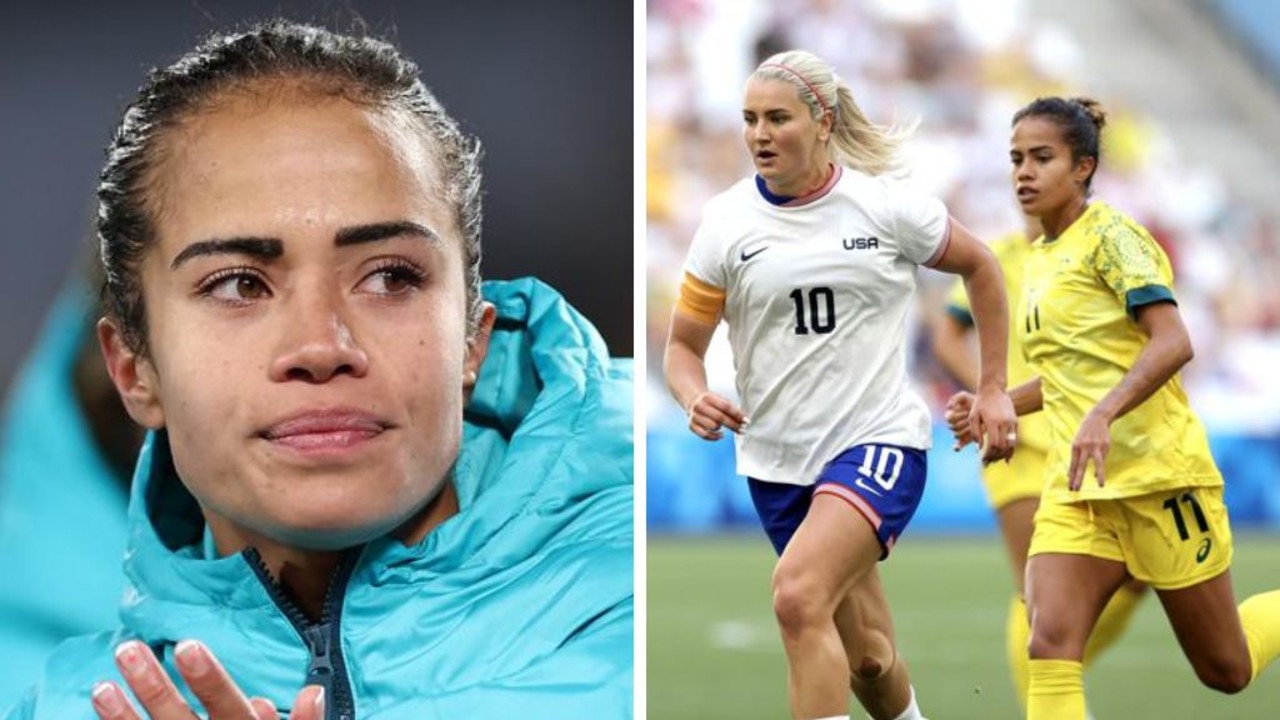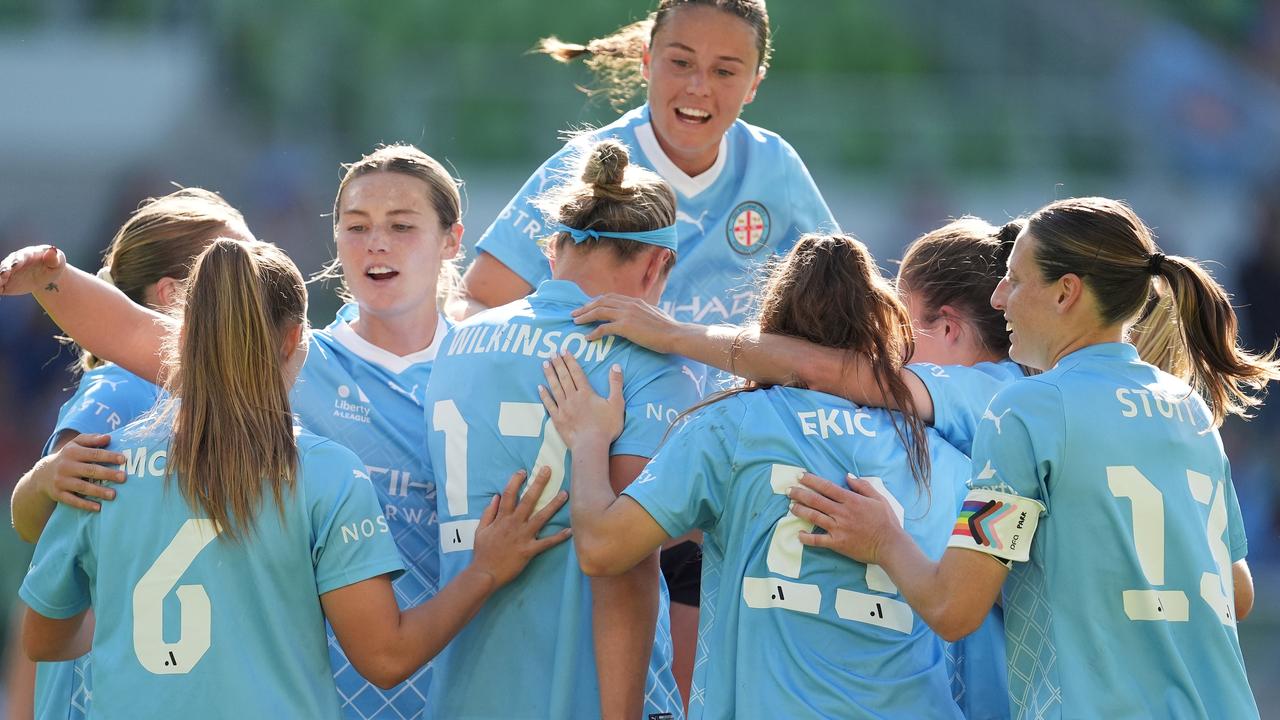Asian Cup 2015: if Australia win, the country will hold Asian Cup and Asian Champions League crowns
ALMOST 10 years since FIFA endorsed the move from Oceania to Asia, Australia could be the first to simultaneously hold the ACL, Asian Cup trophies.
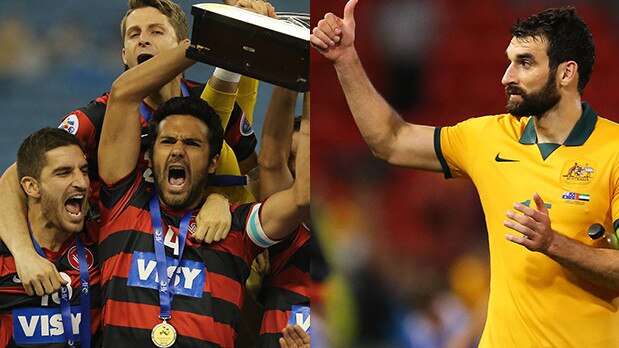
Asian Cup
Don't miss out on the headlines from Asian Cup. Followed categories will be added to My News.
ALMOST 10 years since FIFA endorsed Australia’s move from Oceania to Asia, the country could become the first to hold the Asian Champions League and Asian Cup simultaneously.
The move from Oceania to Asia, ratified by the governing body on June 29 2005, was meant to open Australian football to more regular football, a fairer path to major tournaments and add another layer of commercial possibilities within the fast-growing continent.
The A-League might not yet have embraced the continent for the source of players it might provide the competition, and football fans may still be more Euro inclined than Asia focused, but the events of the past six months have opened eyes to a new window of opportunity. The success of the Asian Cup on Australian soil, on the other hand, has shown Asia what Australia can bring the continent.
“It was a really smart move by Frank Lowy and the FFA to move out of Oceania and into the Asian Football Confederation (in 2006),” FFA CEO David Gallop told Sky Sports Radio on Wednesday.
PAPER TALK: CAHILL A ‘MODERN GREAT’
DAVIDSON’S GOAL CELEBRATION DEDICATED TO MUM
HIDDINK, EL TEL: WHERE DOES ANGE RANK IF AUSTRALIA WINS?
“We are newcomers and it’s great for us to have success at whatever level we’re playing in Asia.
“But this is the big one, and to make the final, we’ll cement our place in Asian football.”
Here’s the decade long journey to dominating Asian football.
THE GREAT UNKNOWN – February 22, 2006
After the highs of the Uruguay qualifying match came a low-key but historic return to competitive football: an Asian Cup qualifying match against Bahrain at the National Stadium in Riffa. The big guns weren’t there that day as the likes of Ante Covic, Michael Thwaite, Michael Beauchamp and Scott McDonald ushered in a new era with a 3-1 win, with Archie Thompson, Josip Skoko and Ahmad Elrich scoring.
Later in the year, Australia enjoyed the memorable World Cup campaign in Germany, although still representing Oceania – which is why the Socceroos were able to be drawn alongside Japan.
But the travails of qualifying through Asia were exposed quickly. Although an A-League XI dealt with Kuwait 2-0 in Sydney, a European based side fell by the same margin in Kuwait City. It was a stark reminder that there would be few easy games on the road, particularly in the Middle East.
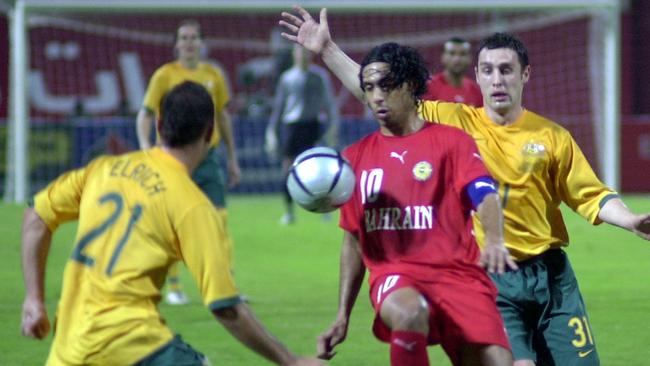
THIS IS HARDER THAN WE THINK – Asian Cup 2007
The 2007 Asian Cup campaign was an infamous failure, with Australia’s World Cup stars flailing in the humidity in Bangkok. An unmemorable campaign featured a 4-0 win over the hosts, a 3-1 loss to eventual winners Iraq, a 90th minute equaliser from Tim Cahill to spare blushes against Oman and a penalty shootout exit to Japan, which featured a Vince Grella send-off.
Graham Arnold was in charge of a campaign that taught Australian football a lot of lessons about Asian football but also brought the green and gold right back down to earth.
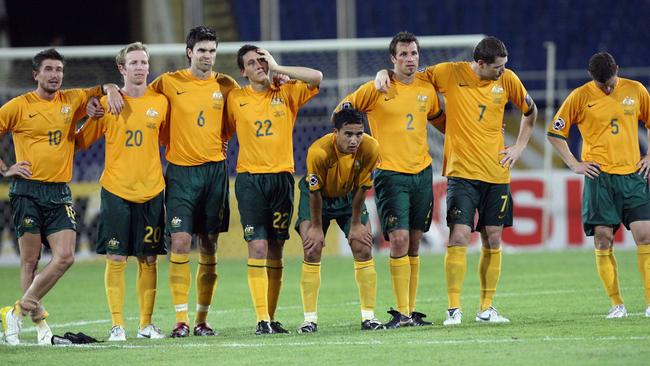
DRAW IN QATAR A LOT QUIETER THAN URUGUAY – June 6, 2009
One of the main incentives to move to Asia was the prospect of a fairer, longer World Cup qualifying process. The country’s first foray kicked-off in Melbourne with a thorough 3-0 win over Qatar, with big guns Cahill, Mark Bresciano and Josh Kennedy getting on the scoresheet.
It was a tough initiation: Mark Schwarzer saved a penalty against China in a 0-0 draw; a lone Harry Kewell goal saw the side past Iraq in Brisbane, before they reversed the ledger in Dubai, while China beat an A-League Aussie side in dead rubber Sydney.
Six points against Qatar provided enough to progress to the next phase, which started well with an away win in Uzbekistan and included four points against Japan.
Progress to South Africa was a lot more anti-climactic than four years earlier, via a 0-0 draw in Doha in front of 7,000 fans.
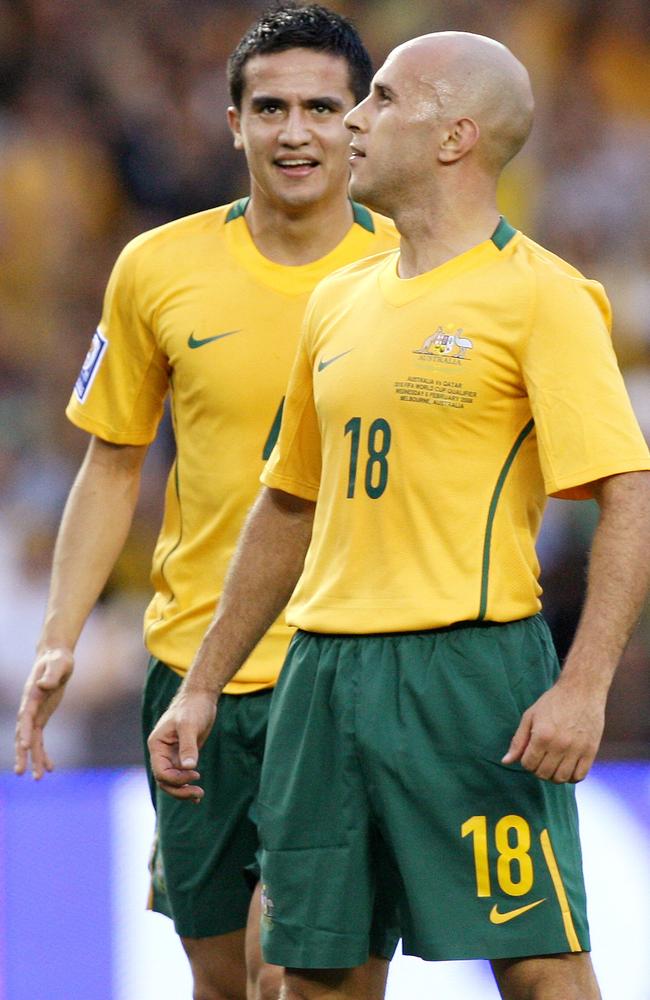
FIRST TIME REPRESENTING ASIA ON WORLD STAGE – June 2010
Drawn against Germany, Serbia and Ghana, Pim Verbeek’s Socceroos finished with four points but it was a turbulent ride. It started with that horror 4-0 loss to Germany in Durban, saw Tim Cahill and Harry Kewell both get sent off, a brave draw against Ghana before Cahill and Brett Holman secured a second ever World Cup win over Serbia. But the opening night loss ultimately saw Australia finish outside the top two.
OTHER TEAMS
Asia has proved tougher for our other mens sides. The Young Socceroos haven’t progressed past the groups of the under-20 World Cup and the Olyroos missed the London Olympics. The Matildas, however, have done well. They progressed to the knockout stage of a World Cup for the first time in 2007, and fell at the quarters in 2011, while continental success was sandwhiched in between.
GOLDEN GENERATION’S SHOT AT SILVERWARE – Qatar, January 2011
Many questioned the value of sending the golden generation to Qatar with re-generation a hot topic, but Holger Osieck took the big guns to the 2011 Asian Cup as they hoped to claim Australia’s first bit of major international silverware. A battered and bruised Roos outfit succumb in extra-time to Japan in the final. It was a breakthrough tournament for current Roos Matt McKay, Mile Jedinak and Robbie Kruse.
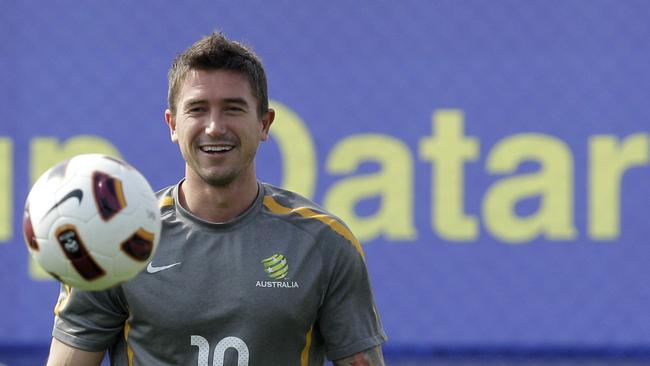
EAST ASIAN GAMES, WORLD CUP QUALIFYING 2013
A rare glimpse of the future came in 2013 at the East Asian Cup, where a side heavily laden with A-League talent came fourth.
Qualification was a tight chase too, famously requiring late Kennedy heroics to get past Iraq on the final day. Ultimately, that was the last time we saw many of that vintage in a competitive game.
ASIAN CHAMPIONS LEAGUE TRIUMPH – November 2014
Australia flirted with the ACL via Adelaide United in 2008, but otherwise, success was elusive in the continental club competition and Tony Popovic came along and rode the Wanderers’ wave all the way to the final against Al Hilal in Saudi Arabia. It was an extraordinary achievement.
Originally published as Asian Cup 2015: if Australia win, the country will hold Asian Cup and Asian Champions League crowns

